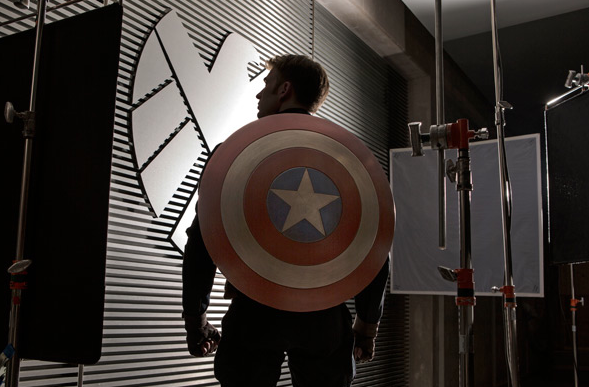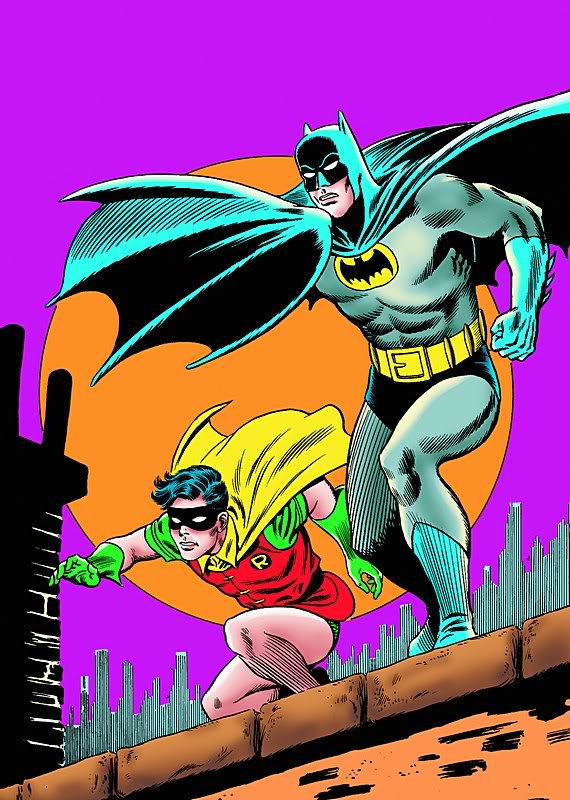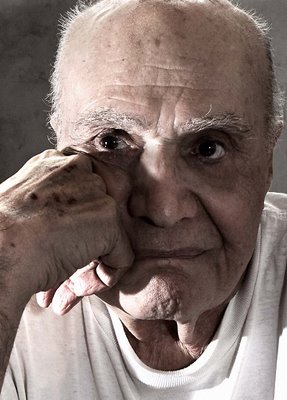I’m not sure when I first noticed that some of the cast of that classic 1962 drama “To Kill a Mockingbird” had later turned up in “Star Trek” TV episodes and movies, but I was watching the Gregory Peck film – an adaptation by Horton Foote of Harper Lee’s novel of tolerance – recently and was struck when I realized that not one, not two, but three members of its cast had memorable roles in “Star Trek” within a few years.
It’s likely the easiest-to-spot connection is actor Brock Peters, who played criminal defendant Tom Robinson in the movie.
Peters is memorable for two “Star Trek” roles. He played Joseph Sisko, father of Avery Brooks’ Benjamin Sisko, in the 1990s series “Star Trek: Deep Space Nine.” And he played Starfleet Admiral Cartwright in “Star Trek IV: The Voyage Home” and “Star Trek VI: The Undiscovered Country,” two of the best in that series. (How can you tell? They’re both even-numbered “Trek” movies.)
Also easy to spot is William Windom as the prosecutor, Gilmer, in “To Kill a Mockingbird.”
Windom had one of the showiest guest-starring roles in all of the original “Star Trek” series, as Commodore Decker, the doomed starship commander who squares off against “The Doomsday Machine” in the memorable 1967 “Star Trek” of the same name.
The hardest-to-spot actor who crossed over from the movie to the “Trek” universe might be Paul Fix, who played Judge Taylor in the movie.
If things had gone differently, Fix might be as familiar a Hollywood figure as any of the “Star Trek” regulars. Fix was cast as Mark Piper, the ship’s surgeon of the Enterprise, in “Where No Man Has Gone Before,” the second pilot for “Star Trek.” Yes, Piper was the early version of Leonard “Bones” McCoy, The ship’s doctor was McCoy by the time the series began airing, but Fix is there throughout “Where No Man Has Gone Before” as Kirk’s doctor and confidant.
While the series was still trying to find a spot on NBC’s schedule, the network rejected Gene Roddenberry’s original pilot, which featured Jeffrey Hunter as Captain Christopher Pike. “Where No Man Has Gone Before” was the second pilot, and made several alterations to the make-up of the crew, including the addition of William Shatner as Kirk.
Although Fix – who died in 1983 – was a solid character actor, the mix of great writing and DeForrest Kelley’s portrayal of Bones McCoy made that character a classic. It’s impossible to imagine Mark Piper saying, “He’s dead, Jim!” with as much feeling as Kelley.

























